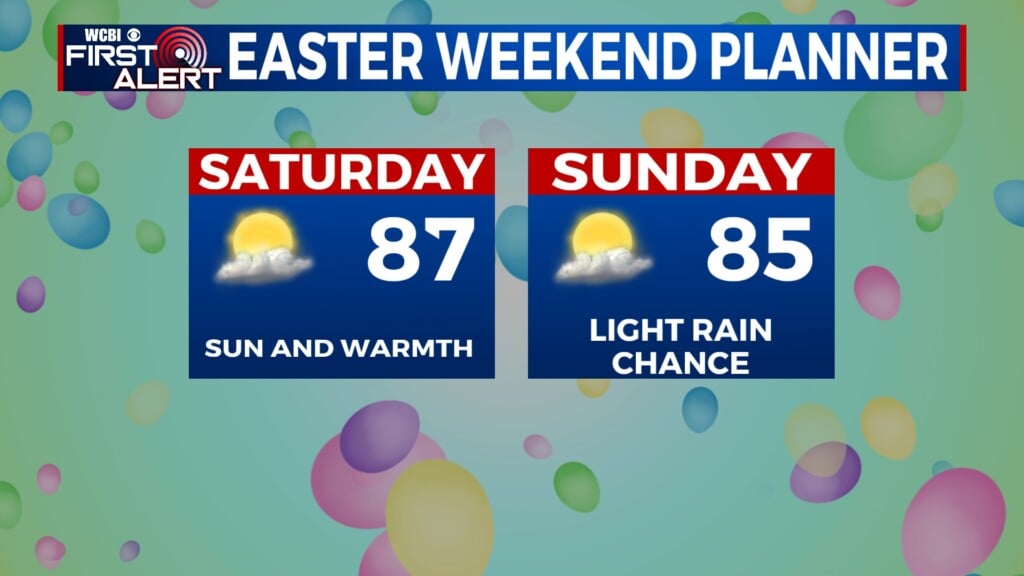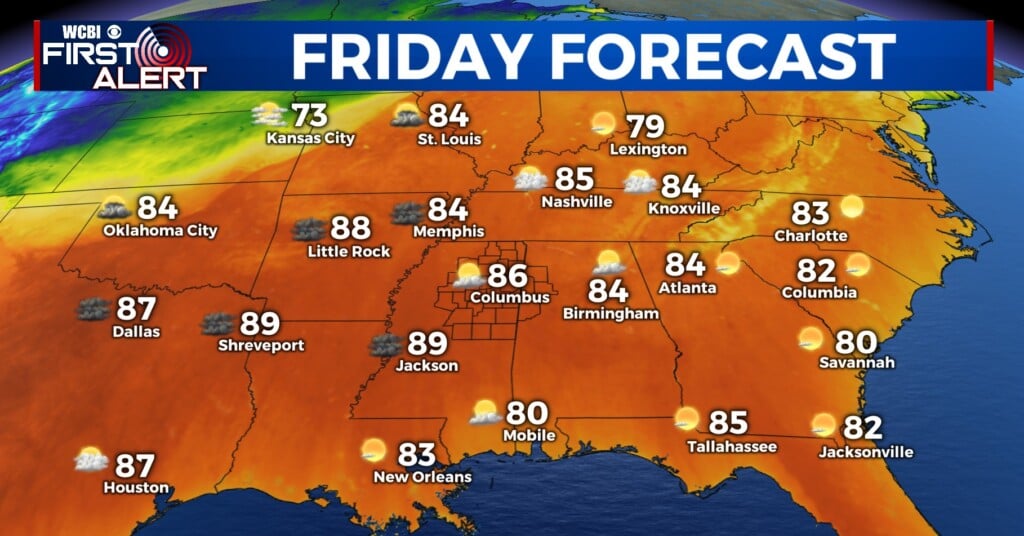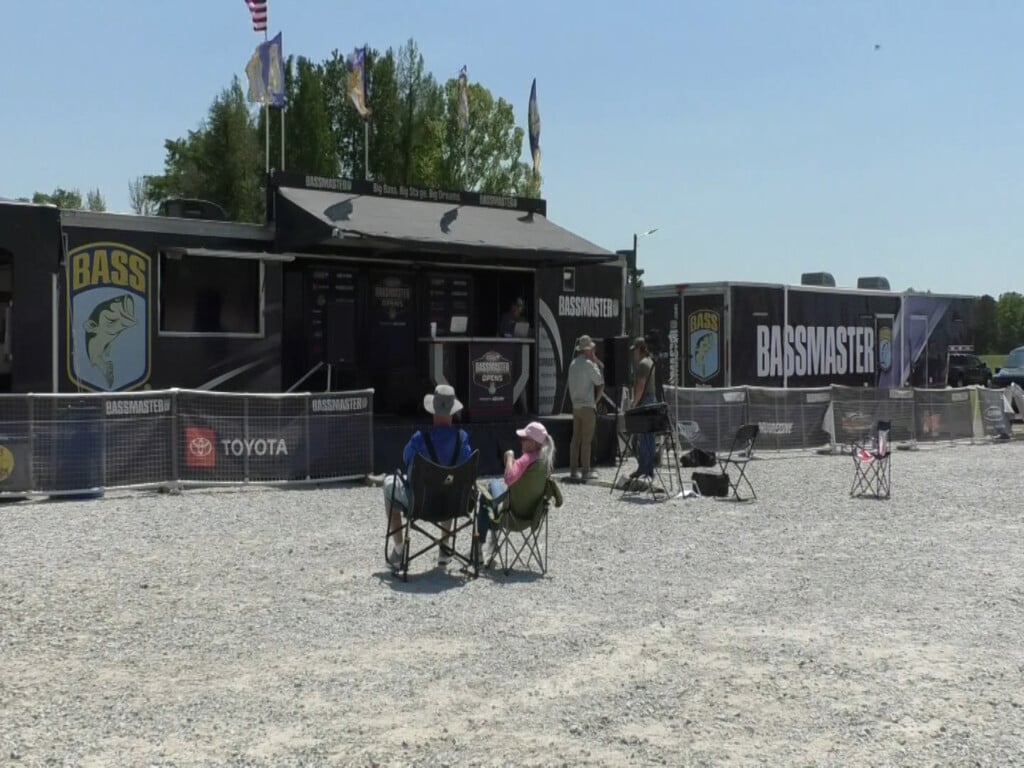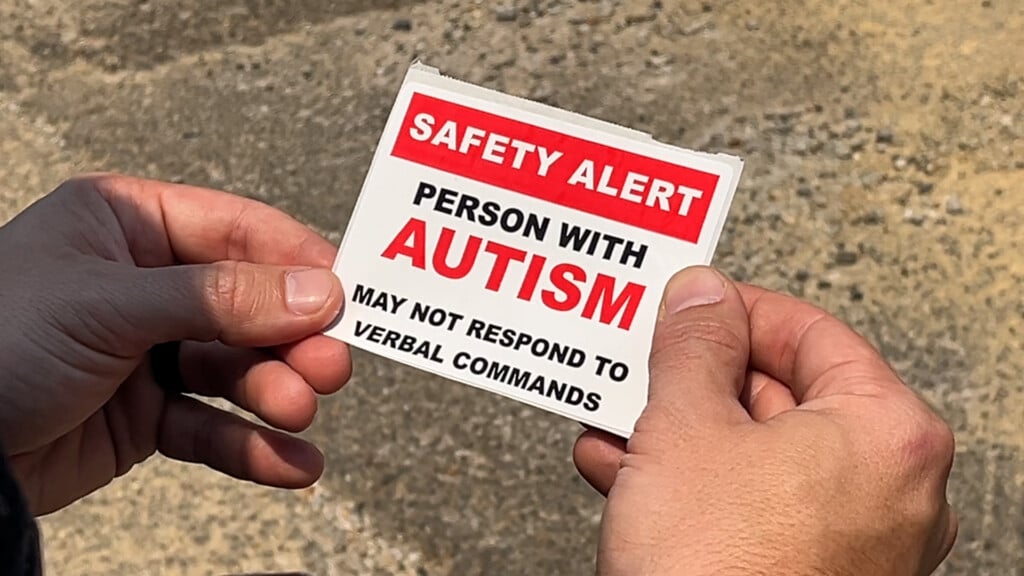Eyes in the sky: preparing for the solar eclipse
April 8th of this year may be the last time you can view the Moon pass between the Sun and Earth, completely blocking the face of the Sun for another 20 years.
STARKVILLE, Miss. (WCBI) – April 8th of this year may be the last time you can view the Moon pass between the Sun and Earth, completely blocking the face of the Sun for another 20 years.
According to NASA, the next visible solar eclipse for the U.S. will be in August of 2044.
Associate Professor of Physics and Astronomy, Dr. Donna Pierce, at Mississippi State University says where you’re standing can impact your perspective of this year’s astronomical event.
“89 to 90 percent coverage of the sun my the moon is what we can expect to see here in the Golden Triangle area in general,” Pierce said. “You will see some darkening of the sky around the time of the peak of the event which will be around 2 o’clock that day.”
While it’s an experience unlike any other, Dr. Sherylan Webb at Starkville Eye Clinic says to view the eclipse safely, you need to make sure you have the correct eyewear from a reputable source.
“You need protection when you’re looking at the sun no matter what,” Webb said. “If you don’t do protection, and you look at the sun with your bare eyes, within 2 minutes, you could potentially have damage to your retinas.”
The glasses should meet the transmittance requirements of ISO 12312-2.
“It can be permanent damage,” Webb said. “So, the area that’s affected, you’ll just see a black spot there permanently. Many times throughout the years, I have had several people have solar retinopathy from staring at the sun, and they have permanent damage.”
Dr. Webb says the solar eclipse glasses should only be used for viewing this celestial event.
“If you were to put them on and just look somewhere, you’re not going to see anything,” Webb said. “You cannot drive with them, you can’t read with them, you cannot view anything out in the distance with them. You can only use them when you’re looking at the sun.”
While the eclipse will only last a matter of minutes, some safety precautions can secure your vision over the long run.
The last visible solar eclipse in the United States was in August of 2017.




